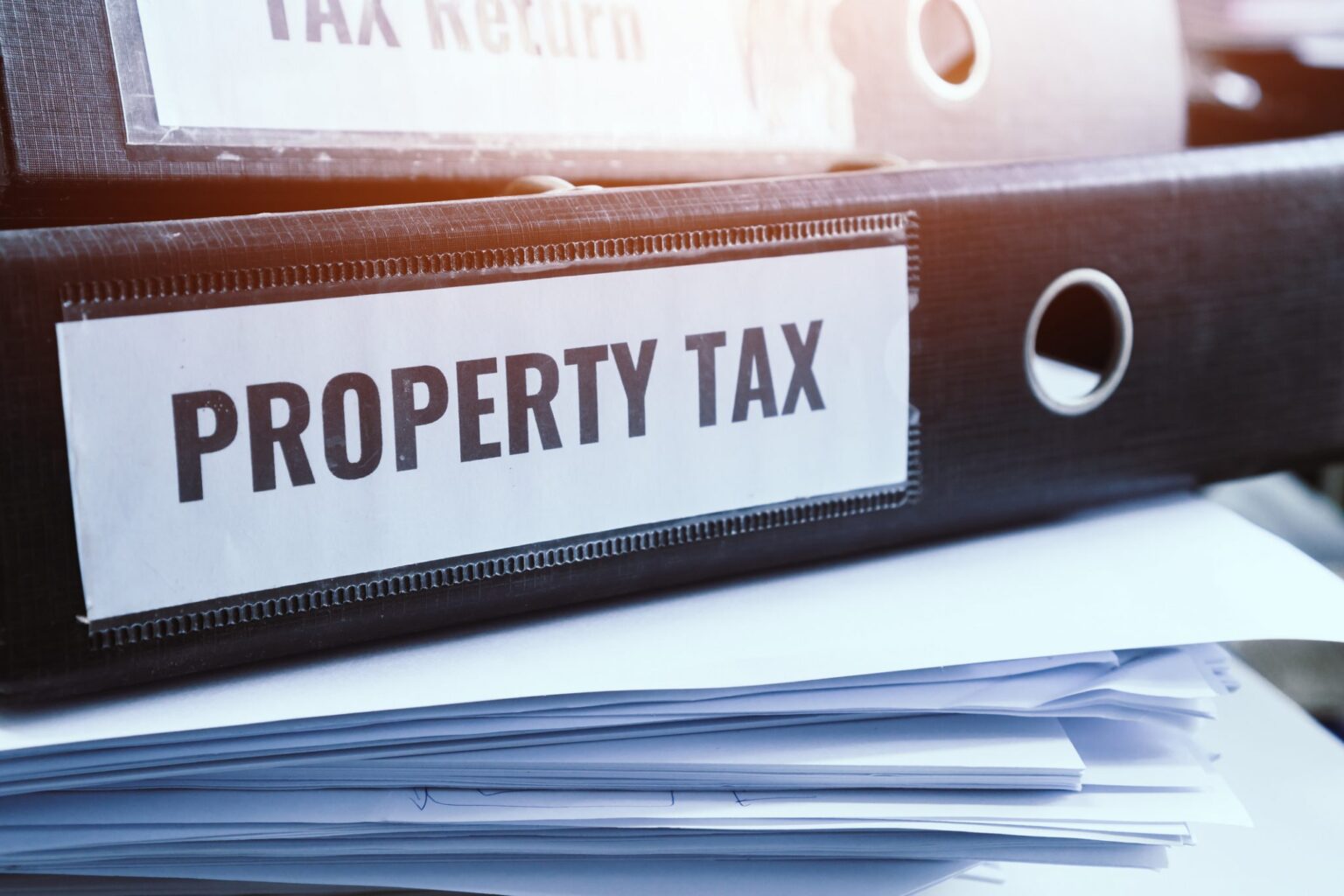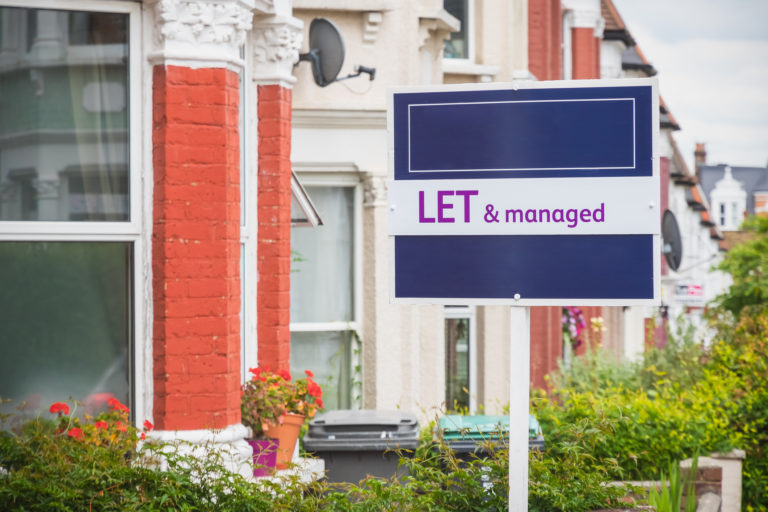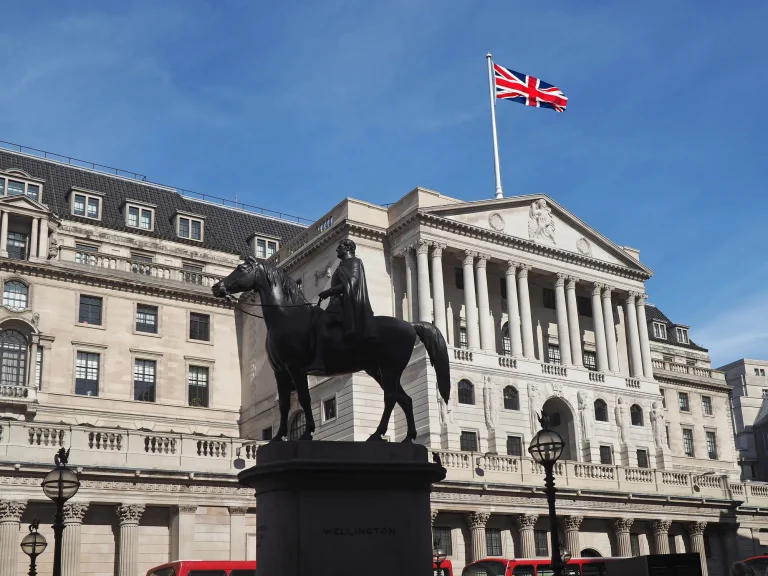Whether you’re a homebuyer or property investor, keeping up to date with the latest property tax rules and rates is essential to avoid any unexpected costs.
Numerous property taxes can apply when buying and selling property, and it is important to know which ones are likely to come into play for your individual circumstances.
The Labour government has announced a number of changes that are expected to have an impact on the UK housing market, from tax changes to ambitious housebuilding targets and planning reforms that are expected to unlock numerous developments across the country.
As we start a new tax year, there are a few property tax changes to bear in mind that could affect you. If you need more detailed advice or information, you should speak with a tax expert, but below is an outline of some of the main updates.
Stamp duty
Today (1st April) saw previous thresholds for stamp duty land tax (SDLT) reinstated after a period of relief enjoyed since 2022, and it means that a greater number of purchases will now be required to pay the property tax.
Stamp duty is paid by the buyer in any property purchase in England and Northern Ireland above a minimum threshold, which is now £125,000. The thresholds unveiled today are actually the same as what they were in 2022, before they were temporarily altered in order to spur on the housing market.
Now, property tax rates are as follows:
- Pay 0% on the property value up to £125,000
- Pay 2% on the next £125,000 (the portion from £125,001 to £250,000)
- Pay 5% on the next £675,000 (the portion from £250,001 to £925,000)
- Pay 10% on the next £575,000 (the portion from £925,001 to £1.5 million)
- Pay 12% on the remaining amount (the portion above £1.5 million)
First-time buyer relief has also been reverted to previous levels, so buyers pay nothing up to a property value of £300,000, and pay 5% on the portion from £300,001 to £500,000. Homes priced above this amount are exempt for first-time buyer relief.
The surcharge paid by property investors/second homebuyers of 5% remains unchanged for this tax year, as does the 2% surcharge for buyers based overseas (meaning buyers pay the same rates as everyone else, with an additional percentage added based on their circumstances).
Property tax reporting
The government’s rollout of Making Tax Digital (MTD) for income tax will be expanded to include a wider range of small businesses, which includes those who make income through property. The scheme’s aim is to modernise the way income tax is filed and reported through digital records.
Starting from April 2026, it will apply to all sole traders and landlords with qualifying incomes over £50,000. Then from April 2027, it will extend to those with qualifying incomes over £30,000, and from April 2028 all landlords and sole traders with qualifying incomes over £20,000 will be required to adopt MTD for income tax.
For more information, speak to a tax advisor or see the government’s website.
Council tax
Council tax is an annual charge set by the local council, and is a compulsory property tax on domestic properties. When a property is let out, the tenants are normally responsible for paying the council tax, although if tenants move out and a property sits vacant, it is the landlord’s responsibility to cover the bill until new inhabitants take over.
On 1st April, the bill for millions of households in England, Scotland and Wales increased in a bid by councils to raise more money for essential services, with a growing number of local authorities reporting financial difficulties.
The majority of councils have put council tax up by 4.99%, which is the maximum allowed for those with responsibility for social care, or 2.99% for those without social care duties. Some councils have been granted government permission to hike the bill by much more than the maximum.
How much you pay depends on what your council tax band is and where you live, which you can find out more about on your local authority’s website.
Furnished holiday lets
During the pandemic and even since then, many long-term landlords switched strategies or diversified their portfolios to include furnished holiday lets, or short-term rentals. The advantages can include higher yields than long-term rentals, alongside certain tax differences that make them more lucrative.
However, last year some major changes to the way furnished holiday lets are treated for tax purposes were announced, which took effect at the start of this tax year, and these were not referenced in the Spring Statement. This means that the previous FHL property tax regime no longer applies.
One of the main changes involves interest on finance costs, which are now restricted to the basic rate of income tax; while no capital allowances can be claimed for qualifying expenditure. However, furnished holiday lets will qualify for replacement of domestic items relief.
Capital gains tax relief such as business asset disposal relief, rollover relief and gift/holdover relief are also no longer available.
For more information on any property tax, check the government’s website.










